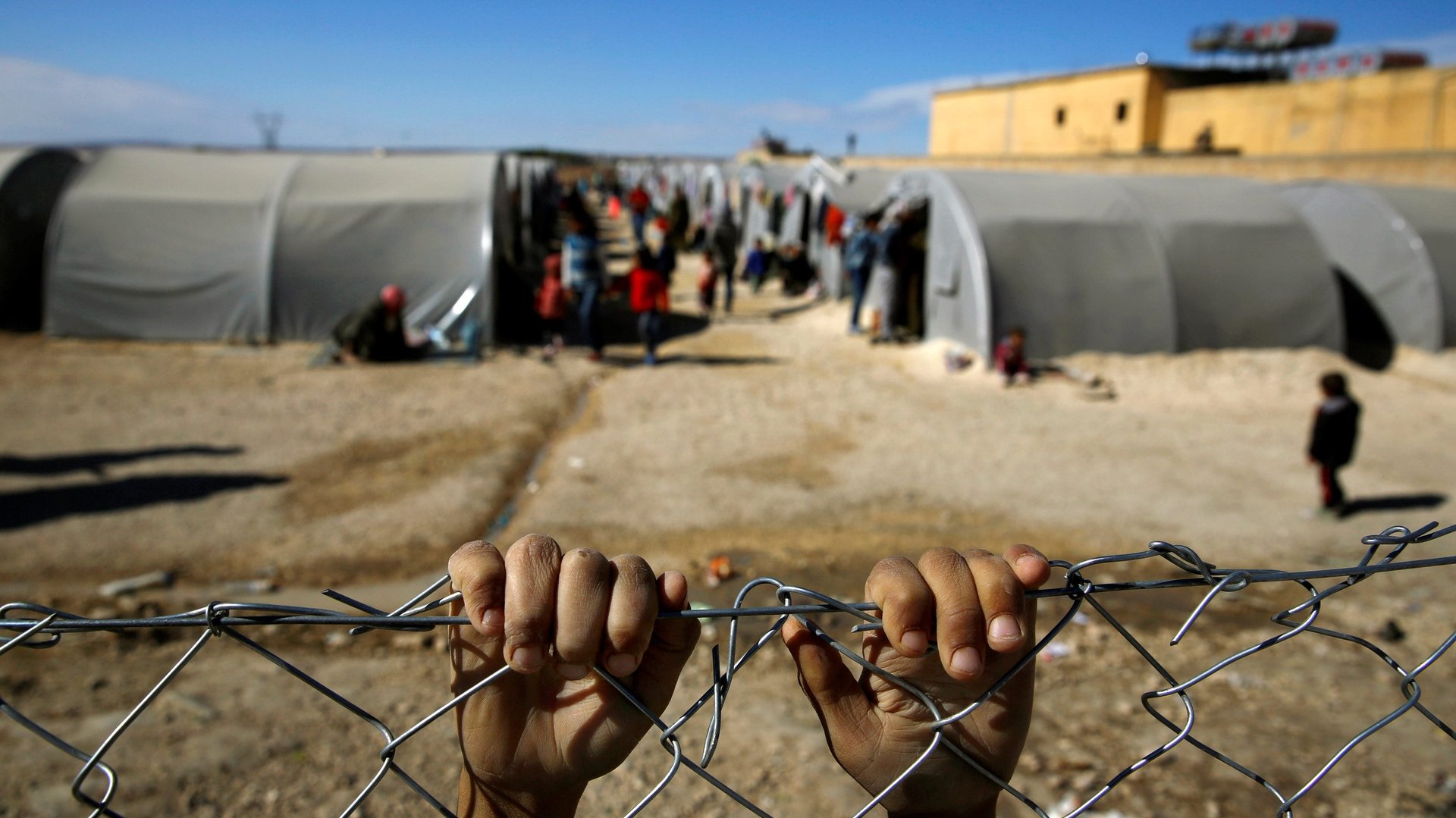Rich countries only took in 16% of the world’s refugees in 2018
The number of people fleeing their countries reached a record high of 25.5 million in 2018, the United Nations’ refugee agency said this week.


The number of people fleeing their countries reached a record high of 25.5 million in 2018, the United Nations’ refugee agency said this week.
Only a small fraction of them were living in rich countries, according to an annual report by the UN’s High Commissioner for Refugees.
Poorer countries are instead bearing the brunt of the growing global refugee crisis. Of the 20 million people or so under the agency’s mandate, only 16% were living in high-income countries. Here are the countries with the biggest refugee populations, according to UNHCR:
Poorer countries, too, rank at the top when it comes to the number of refugees relative to the overall population. In Lebanon, for example, there are 156 refugees per 1,000 inhabitants, the highest such ratio in 2018.
Compare that to the refugee-to-population ratio in wealthier countries, where it averages
2.7 per 1,000, according to UNHCR.
Part of the reason behind the concentration of refugees in poorer countries is geographic. People fleeing their homes usually settle in nearby countries. It makes sense that countries near Syria, the top refugee expeller, would be among the top hosts. Here are the five countries where most refugees come from:
But the report also shows that it may make more sense for refugees to be spread more evenly around the world. In many cases, the countries getting the biggest numbers have the least resources available. For example, if you divide the number of refugees in Uganda by the country’s GDP, you get 41 per $1 million. The US’s GDP-to-refugee ratio, meanwhile, is .02 per $1 million, UNHCR data show.